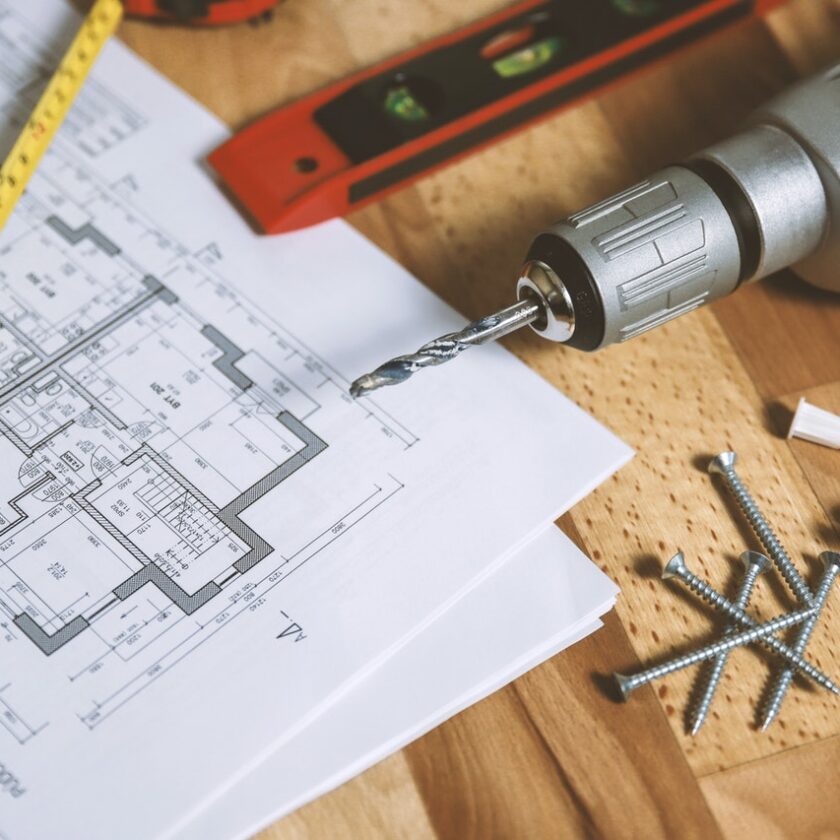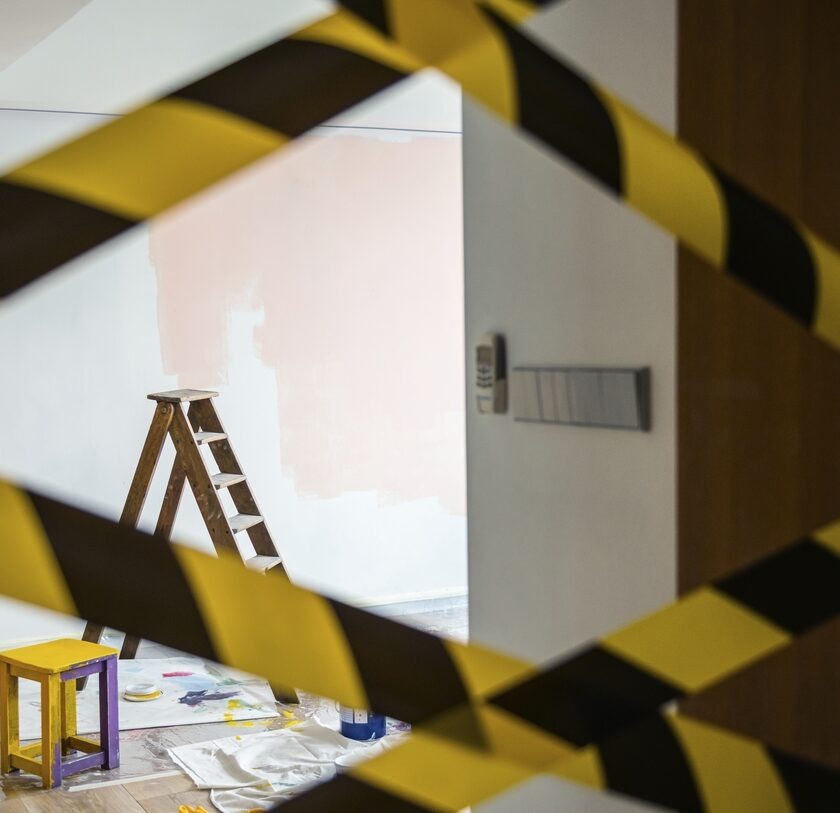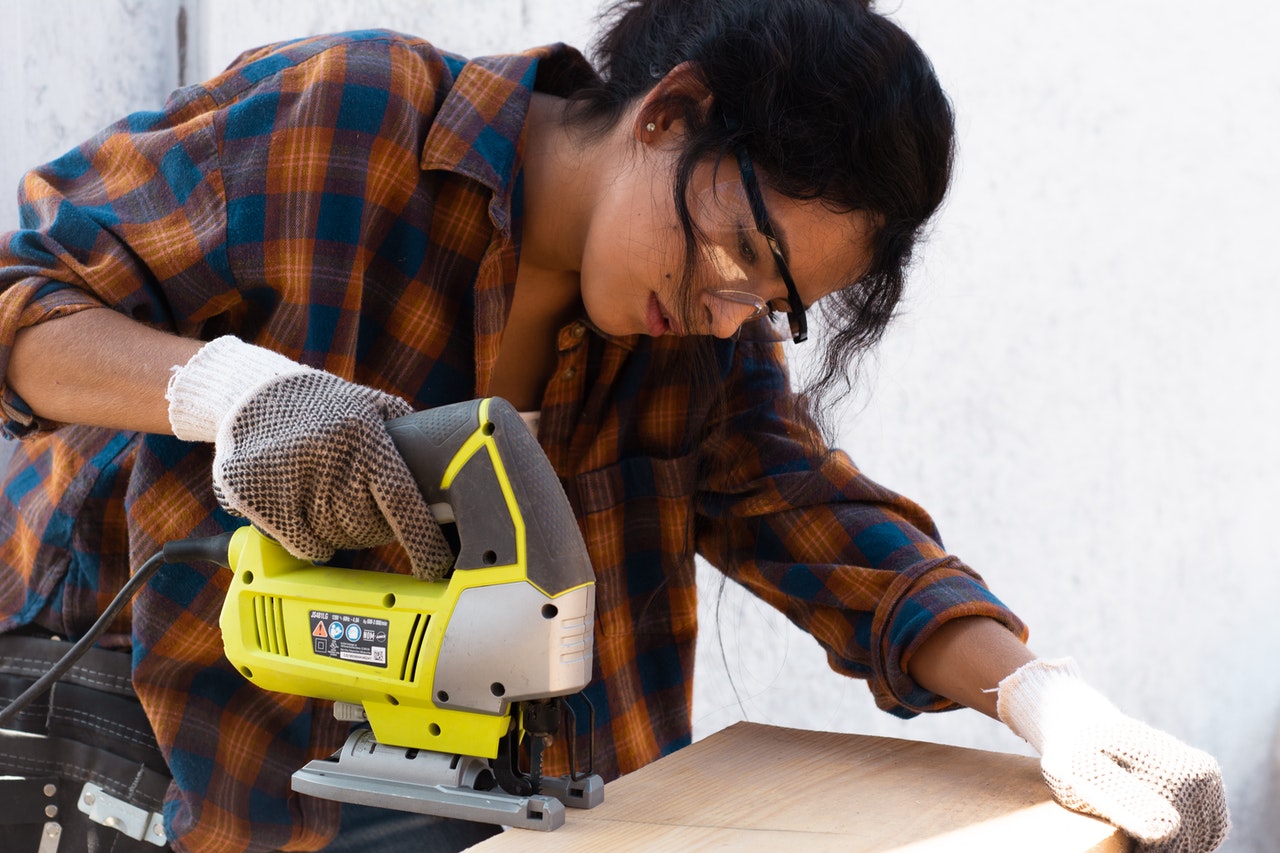If home renovation shows were taken at face value, every one of us would be a DIY remodeling expert by now. However, this doesn’t appear to be the case. Rather, in addition to the glitz and glam of the final reveal, home renovations almost always come with a considerable amount of stress and risk for both your mental and physical health. Therefore, DIY newcomers might want to start with small interior changes before redoing the entire ground flow. Of course, before grabbing the sledgehammer, both experts and newbies will need to consider the essential remodeling safety tips below!
Inspecting the house
Strangely enough, the philosophy of getting to know your enemy functions fairly well as the first safety tip. In remodeling terms, this means inspecting the house before setting any definite remodeling plans in place. For the most part, such inspections involve checking the foundation of the house. Here, the basement would be a solid place to start as water damage and excess flooding are most evident at this level. However, remodeling preparations shouldn’t stop there. Rather, renovators should get their hands on the floor plan and know it by heart. This way, both the load-bearing walls and budget are sure to remain intact!

Planning the remodeling
Once all the (not so) little quirks have come to light, a renovation plan needs to be drawn up. Even though this idea may come across as unrelated, it is the most crucial safety tip of all. More often than not, inexperienced renovators get in over their heads and end up running their nerves and budgets through the roof. More importantly, taking on more than you can chew may lead to serious injuries as well. This way, a simple tile replacement ends up as a plumbing adventure and an unwelcome trip to the ER. Thus, knowing every last detail before demo day saves both homes and limbs.
Having and organizing the right equipment and gear
With the remodeling set to begin, having and wearing the right gear may be a deal-breaker. Thanks to a detailed renovation plan, all the gear should be good to go. However, it should also always be safely placed in a designated area. This minimizes the chance of both displacement and injury. After all, you can’t trip over a drill if it’s packed away in its kit. In addition to the right tools in the right place, renovators will also need the correct clothes. Typically, a complete construction look involves a construction hat, gloves, sturdy steel cap boots, and a pair of glasses – just to be on the safe side.

Having functioning fire and carbon monoxide detectors
No matter how many precautions even an experienced renovator takes, the construction site might still become unsafe at some point. For example, using gasoline-powered tools can easily lead to elevated levels of carbon monoxide. Similarly, gas leaks may pop up when renovating the air ducts. To avoid the most dangerous of outcomes, the construction site needs to be equipped with working carbon monoxide and smoke detectors. Furthermore, keeping a fire extinguisher on hand is also highly encouraged.
Knowing when to ask for help
Although online DIY videos make the renovation process look like a one or two-person job, this is oftentimes not the case. When a remodel gets just a bit bigger than planned, even the most experienced renovators will reach out for a helping hand. Turning to a friend, be it for advice or just some additional manpower, is quite common with home renovations. A quick clarification or steady holding of a beam may make all the difference, both time- and safety-wise. Furthermore, veterans in the field of home renovation may just have some useful tips for renovating on a budget.
Wrapping up
Although the safety tips above are a solid starting point for home renovation, they are by no means a finite list. Thus, newbies and experts alike should use them as basic guidelines that they’ll expand upon as the renovation moves forward. After all, any renovation project will come down to preparation, research, and the crew that’s behind you!





